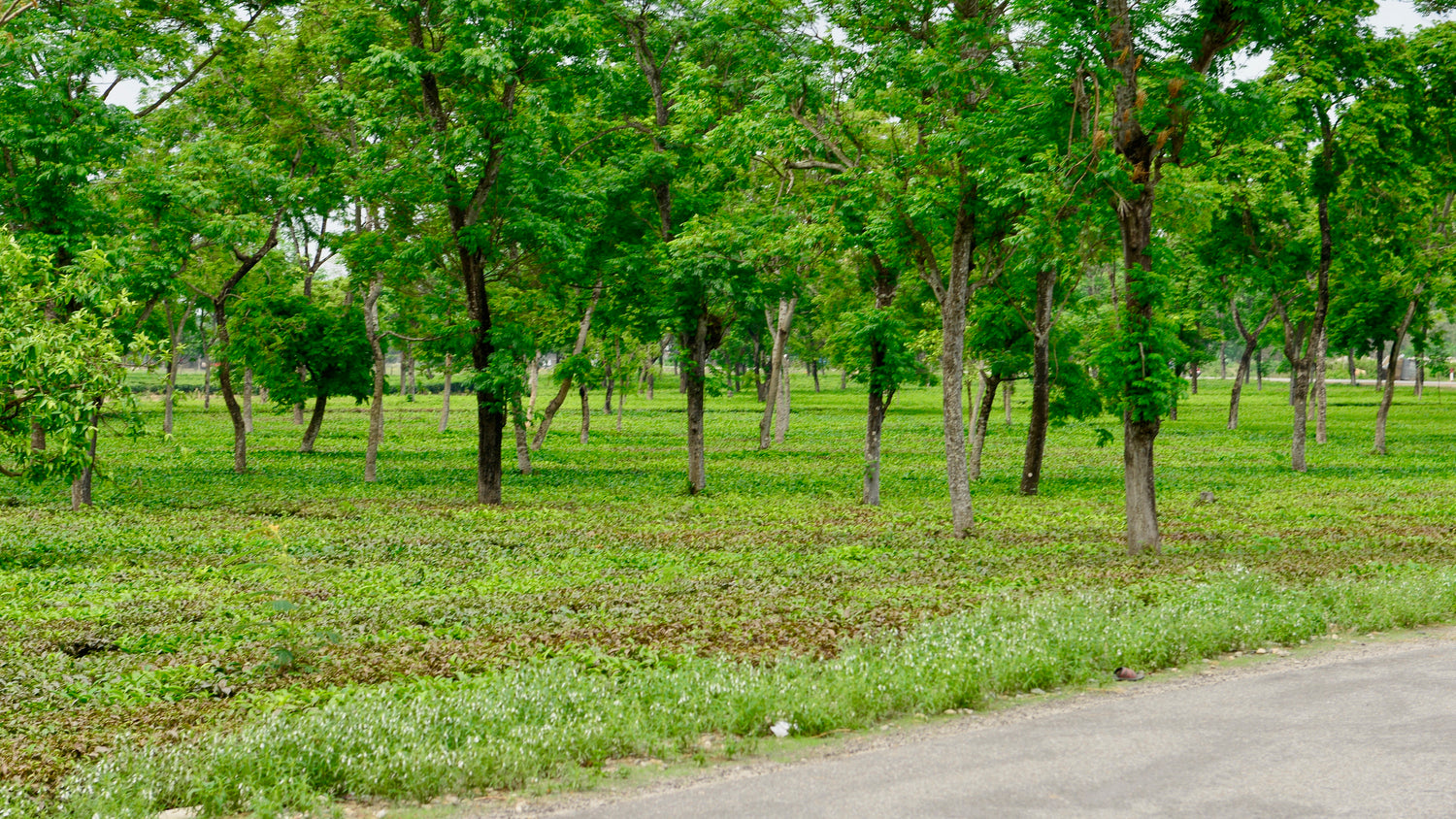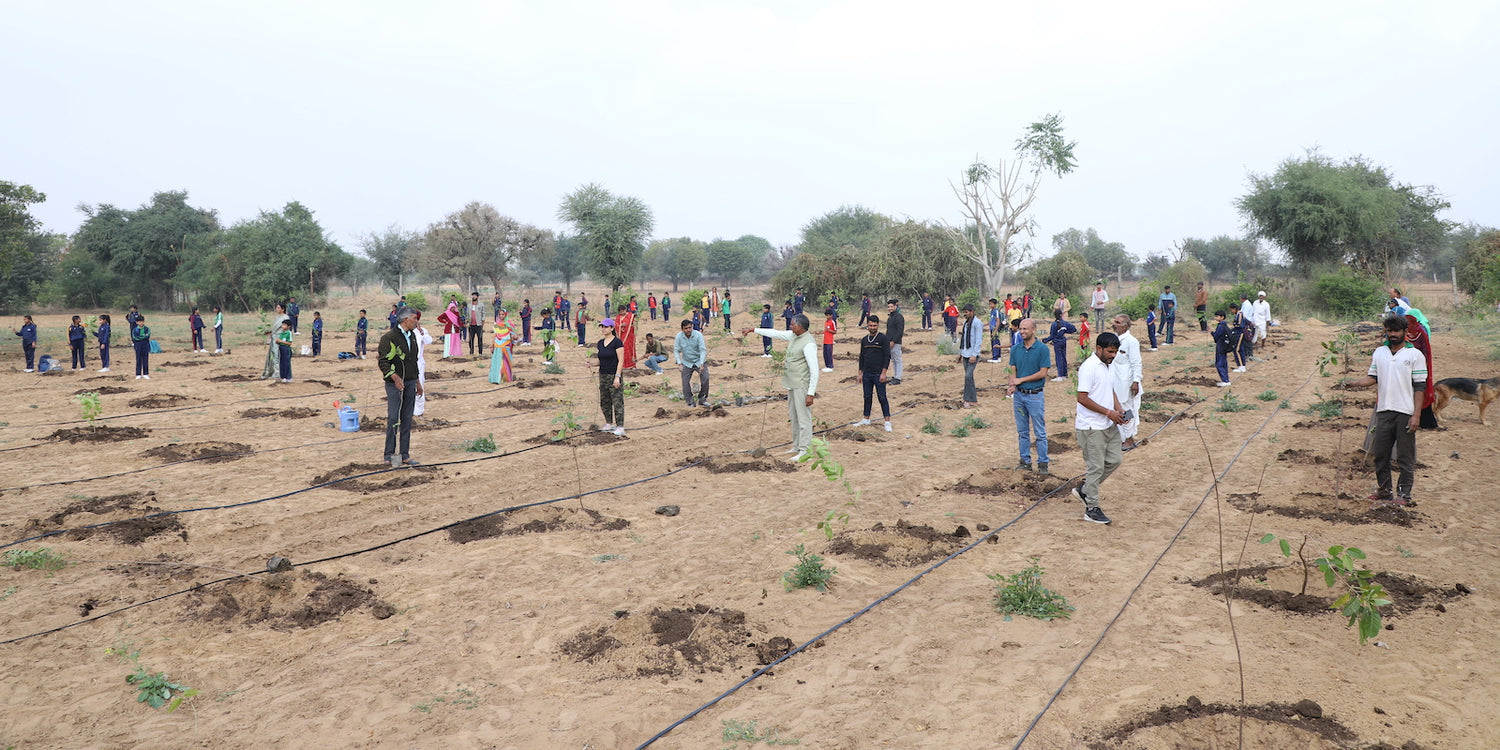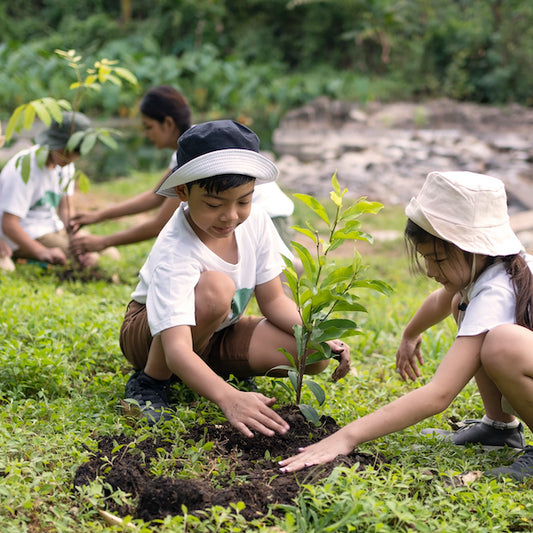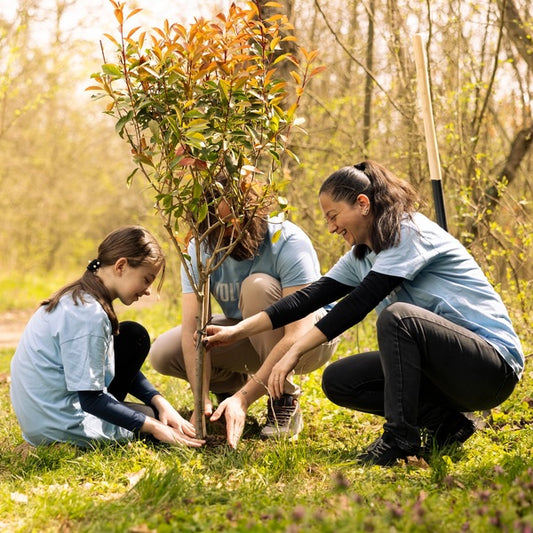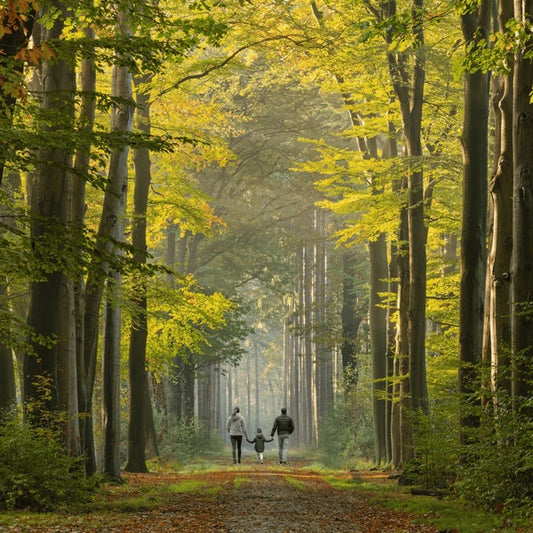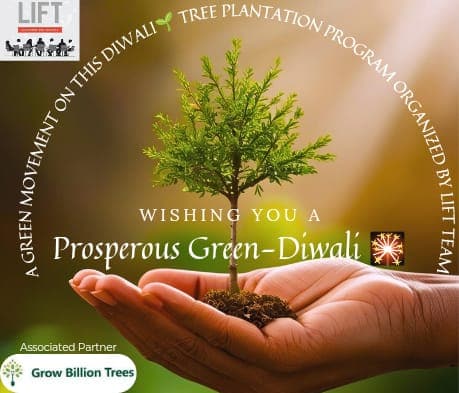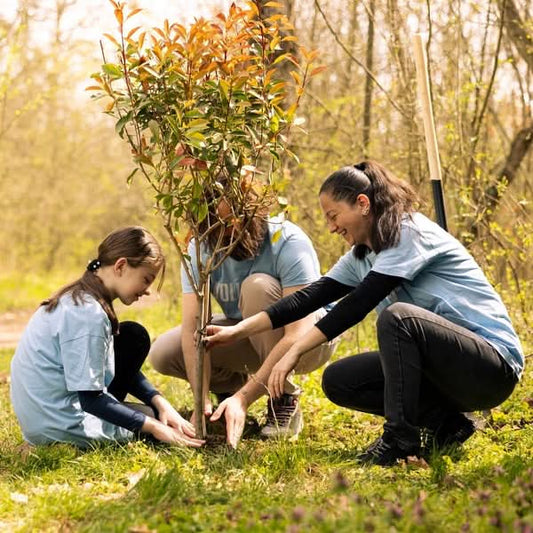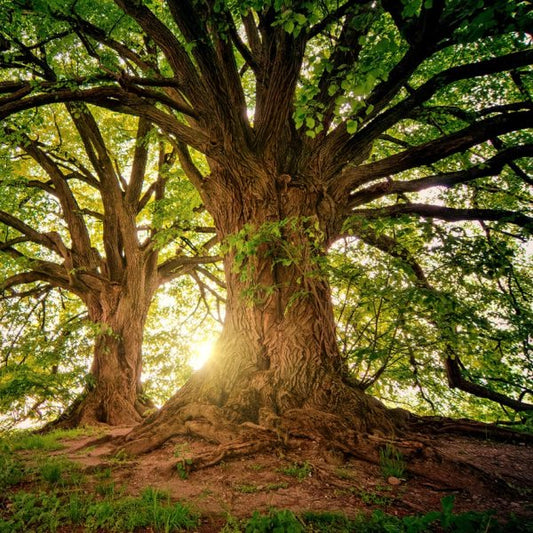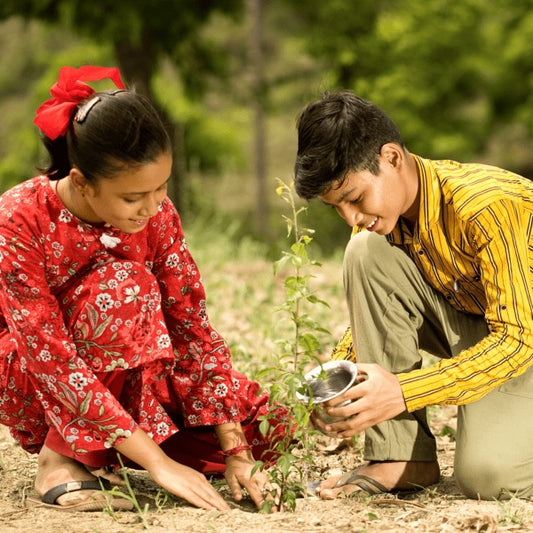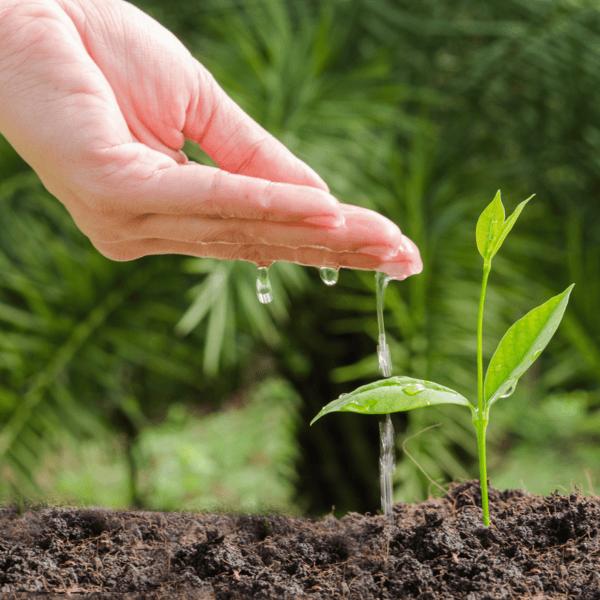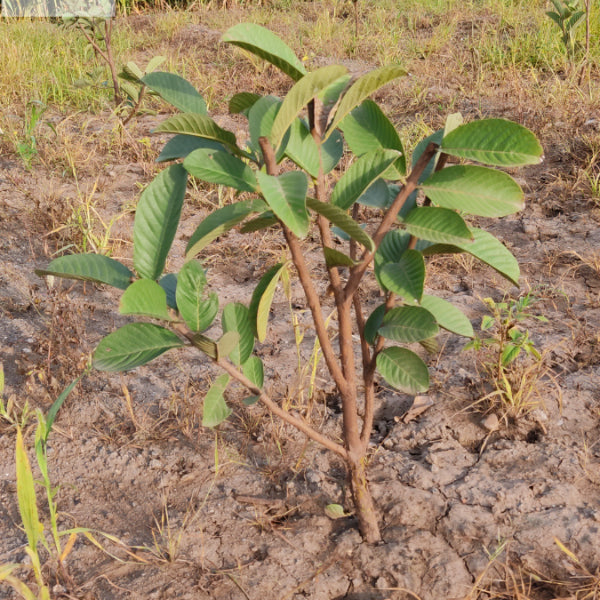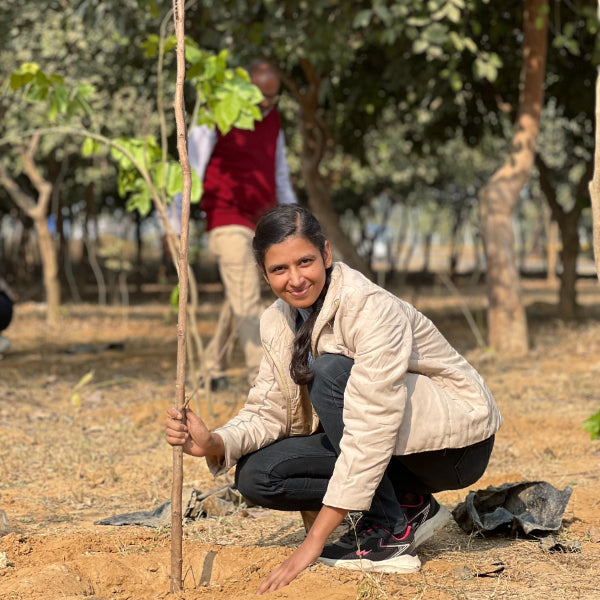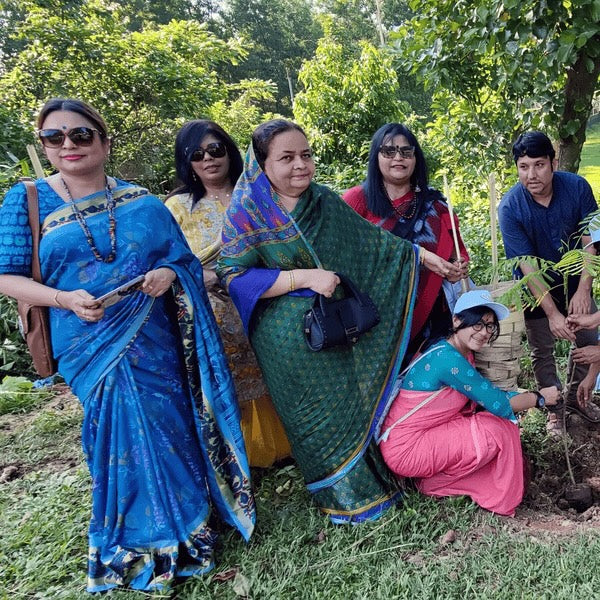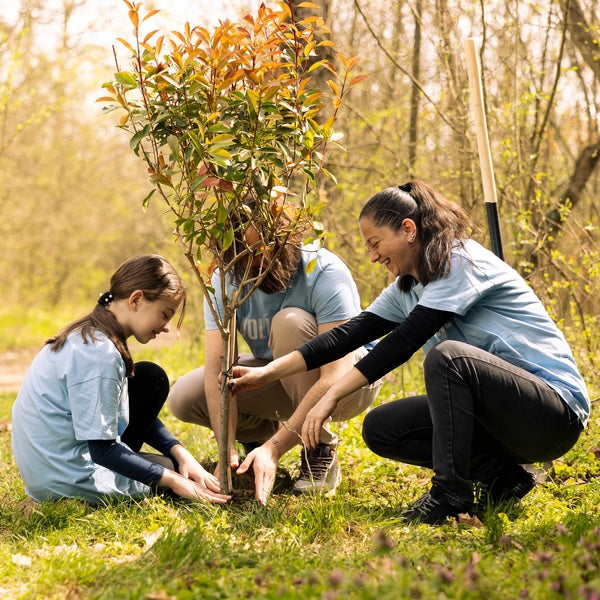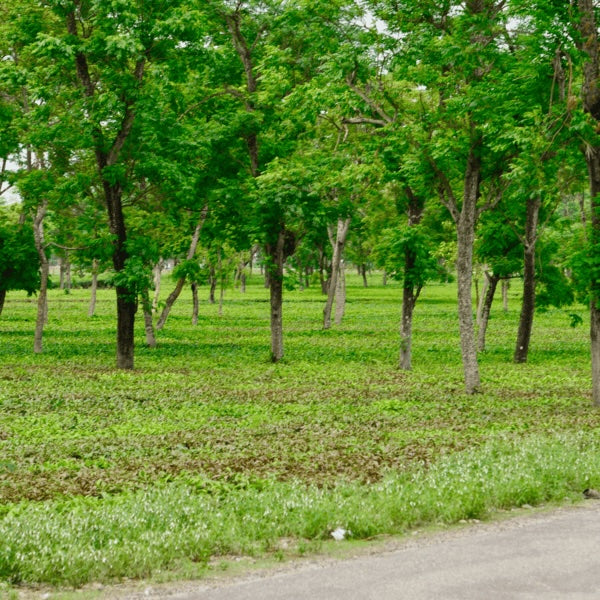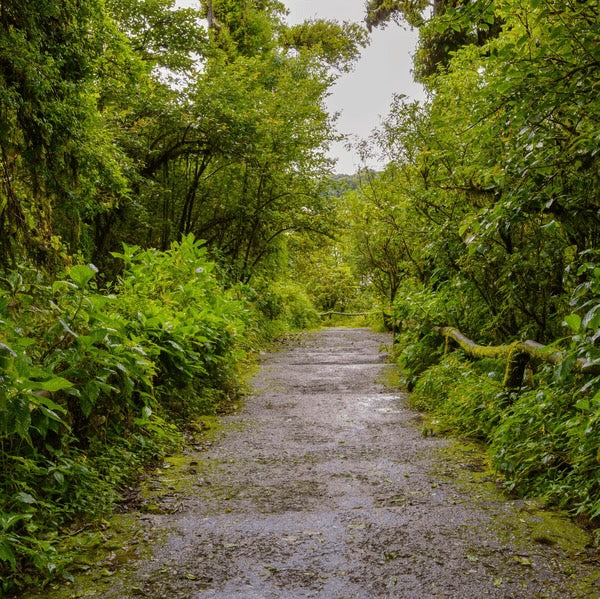Agroforestry in Meghalaya: Forest Living in Harmony
Agroforestry in Meghalaya is a beautiful blend of agriculture and forestry, creating a sustainable ecosystem that benefits both the environment and lo Read more
Connect with us
-
👥 Corporates
If you are looking for:
- 🌲 Tree Plantation Events
- 📊 CSR Projects
📧 corporate@growbilliontrees.com
📞 +91 9699723523
💬 +91 9325931304 WhatsApp (Only)
🕒 Mon - Sat | 10am - 7pm IST
-
🧩 Tree Plantation NGOs
If you are looking for:
- 💰 Financial Assistance
- 🤝 Operational Support
📧 support@growbilliontrees.com
📞 +91 9699723523
💬 +91 9325931304 WhatsApp (Only)
🕒 Mon - Sat | 10am - 7pm IST
-
🌼 Individuals
If you are looking for:
- 👥 Group Tree Plantation Drive
- 🌳 Bulk Tree Plantation
📞 +91 9699723523
💬 +91 9325931304 WhatsApp (Only)
🕒 Mon - Sat | 10am - 7pm IST
Trending
Trees for Corporates
Agroforestry in Meghalaya: Forest Living in Harmony
Agroforestry in Meghalaya is a beautiful blend of agriculture and forestry, creating a sustainable ecosystem that benefits both the environment and local communities. 🌳 This practice has deep roots in the region, where traditional farming methods have coexisted with forest conservation for generations.
Meghalaya, known for its lush landscapes and rich biodiversity, is home to various indigenous communities. These communities have long practiced agroforestry, integrating trees with crops and livestock. This method not only enhances food security but also promotes biodiversity. 🌾
One of the most fascinating aspects of agroforestry in Meghalaya is the cultivation of betel leaf, a significant cash crop. Farmers grow betel vines alongside trees, which provide shade and support. This symbiotic relationship boosts productivity and ensures sustainable land use. 🌱
Scientific studies show that agroforestry systems can increase crop yields by up to 30% compared to conventional farming. This is due to improved soil health, reduced erosion, and better water retention. 🌧️
Moreover, agroforestry plays a crucial role in carbon sequestration. Trees absorb carbon dioxide, helping mitigate climate change. In Meghalaya, agroforestry practices can sequester approximately 10-20 tons of carbon per hectare annually. 🌍
Historically, the Khasi and Jaintia tribes have utilized agroforestry techniques for centuries. They have cultivated a variety of crops, including rice, maize, and fruits, alongside native trees. This traditional knowledge is invaluable in promoting sustainable practices today. 🏞️
Agroforestry also enhances the resilience of local communities. By diversifying crops and income sources, farmers can better withstand economic shocks and climate variability. This adaptability is vital in a region prone to heavy rainfall and landslides. ⛈️
In recent years, the Indian government and various NGOs have recognized the importance of agroforestry. Initiatives are underway to promote these practices across the country, including Meghalaya. 🌟
One such initiative is the "Grow Billion Trees" project, which aims to plant one billion trees across India. This ambitious project focuses on restoring degraded lands and promoting agroforestry as a sustainable land-use practice. 🌲
Grow Billion Trees collaborates with local communities, providing training and resources to implement agroforestry systems. By empowering farmers, the project fosters a sense of ownership and responsibility towards the environment. 🤝
The project also emphasizes the importance of native species in agroforestry. Planting indigenous trees not only supports local biodiversity but also enhances ecosystem services. 🌼
In Meghalaya, Grow Billion Trees is working closely with local farmers to establish agroforestry models that suit their specific needs. This tailored approach ensures that the practices are culturally appropriate and economically viable. 💪
Fun fact: Meghalaya is one of the wettest places on Earth, receiving an average annual rainfall of over 467 inches! This abundant rainfall supports diverse ecosystems and makes agroforestry particularly effective in the region. ☔
Agroforestry also contributes to soil health. The deep-rooted trees improve soil structure and fertility, while the organic matter from fallen leaves enriches the soil. This natural process reduces the need for chemical fertilizers, promoting a healthier environment. 🌿
Furthermore, agroforestry systems can provide habitat for various wildlife species. By maintaining tree cover, farmers create corridors for animals, promoting biodiversity and ecological balance. 🦋
As the world faces increasing environmental challenges, agroforestry offers a sustainable solution. It aligns with global goals such as the United Nations Sustainable Development Goals (SDGs), particularly those related to climate action and life on land. 🌎
In conclusion, agroforestry in Meghalaya exemplifies the harmony between forest and agriculture. It showcases how traditional practices can contribute to modern sustainability efforts. With initiatives like Grow Billion Trees, the future looks bright for agroforestry in India. 🌈
By embracing agroforestry, we can create resilient ecosystems, support local communities, and combat climate change. Let’s join hands in this journey towards a greener, more sustainable future! 🌍✨
Agroforestry Practices
Agroforestry in Meghalaya is like a well-choreographed dance between trees and crops. Farmers here have mastered the art of planting trees alongside their crops, creating a symphony of biodiversity. Imagine a farmer sipping tea under a shade tree while his crops thrive in the sunlight. This practice not only boosts yields but also enhances soil health. It’s a win-win situation where nature and agriculture shake hands, proving that you can indeed have your cake and eat it too—just with a side of fresh air and chirping birds.
Sustainable Farming
In Meghalaya, sustainable farming is not just a buzzword; it’s a way of life. Farmers are embracing techniques that ensure the land remains fertile for generations to come. By integrating trees into their farming systems, they’re not only increasing productivity but also reducing the need for chemical fertilizers. It’s like giving Mother Nature a high-five while ensuring that future generations can enjoy the same lush landscapes. Who knew that being eco-friendly could also be so productive?
Biodiversity Conservation
Biodiversity in Meghalaya is like a treasure chest waiting to be explored. Agroforestry plays a crucial role in conserving this rich variety of flora and fauna. By planting diverse species, farmers create habitats for countless creatures, from colorful birds to elusive insects. It’s a natural buffet where every species has a seat at the table. This not only helps in maintaining ecological balance but also makes the landscape a vibrant tapestry of life. Who wouldn’t want to live in a place where nature throws a party every day?
Soil Health Improvement
Healthy soil is the backbone of successful agriculture, and in Meghalaya, agroforestry is the secret sauce. By incorporating trees into farming practices, farmers are enhancing soil structure and fertility. The roots of trees help prevent erosion, while their leaves provide organic matter when they fall. It’s like a natural spa day for the soil, rejuvenating it and making it more productive. Farmers are not just growing crops; they’re nurturing the very foundation of their livelihoods. Talk about digging deep!
Climate Resilience
In a world where climate change is the new normal, Meghalaya’s agroforestry practices are like a superhero cape for farmers. By planting trees, they’re creating microclimates that protect crops from extreme weather. These green guardians help in regulating temperature and moisture, making farming more resilient. It’s as if the trees are saying, “Don’t worry, we’ve got your back!” This not only secures food production but also ensures that farmers can weather any storm—literally and figuratively.
Economic Benefits
Agroforestry in Meghalaya is not just about saving the planet; it’s also about boosting the economy. Farmers who adopt these practices often see an increase in income due to higher yields and the sale of timber and non-timber products. It’s like finding a hidden treasure in your backyard. With diverse income streams, farmers can invest in their families and communities, creating a ripple effect of prosperity. Who knew that planting a few trees could lead to a financial windfall?
Community Engagement
In Meghalaya, agroforestry is a community affair. Farmers come together to share knowledge, resources, and even a few laughs. This collaborative spirit fosters a sense of belonging and strengthens social ties. It’s not just about individual success; it’s about uplifting the entire community. When everyone pitches in, the results are astounding. It’s like a potluck dinner where everyone brings their best dish, and the feast is nothing short of spectacular.
Cultural Significance
Agroforestry in Meghalaya is deeply rooted in the culture and traditions of the local communities. It’s not just about farming; it’s about preserving a way of life. The integration of trees and crops reflects the harmony between humans and nature that has been celebrated for generations. Festivals often revolve around the harvest, showcasing the rich cultural heritage tied to the land. It’s a beautiful reminder that agriculture is not just a job; it’s a legacy passed down through the ages.
You may like
Corporate Plantations
FAQ
What is Agroforestry in Meghalaya?
Agroforestry in Meghalaya is a sustainable land-use system that combines agriculture and forestry practices. It allows farmers to grow crops alongside trees, enhancing biodiversity and improving soil health. This harmonious blend not only boosts farmers' incomes but also contributes to environmental conservation. At Grow Billion Trees, we believe that this approach is the key to a greener future, where forests and farms thrive together.
How does Agroforestry benefit farmers in Meghalaya?
Farmers in Meghalaya reap numerous benefits from agroforestry, including increased crop yields, diversified income sources, and improved resilience against climate change. By integrating trees into their farming systems, they can enjoy better soil fertility, reduced erosion, and enhanced water retention. At Grow Billion Trees, we empower farmers to embrace this innovative practice, ensuring they thrive while nurturing the environment.
What types of trees are commonly used in Agroforestry?
In Meghalaya, farmers often choose native species like teak, bamboo, and fruit trees for agroforestry. These trees not only provide timber and fruits but also enhance soil quality and support local wildlife. At Grow Billion Trees, we encourage the use of indigenous species to promote biodiversity and ensure that the ecosystem remains balanced and vibrant.
How does Agroforestry contribute to climate change mitigation?
Agroforestry plays a crucial role in climate change mitigation by sequestering carbon dioxide through tree growth. The combination of trees and crops helps reduce greenhouse gas emissions while promoting sustainable land management. At Grow Billion Trees, we are committed to planting trees that not only benefit farmers but also combat climate change, making the planet a better place for future generations.
Can Agroforestry improve soil health?
Absolutely! Agroforestry enhances soil health by increasing organic matter, improving nutrient cycling, and reducing erosion. The roots of trees help bind the soil, preventing degradation, while their leaves provide natural mulch. At Grow Billion Trees, we advocate for agroforestry as a way to rejuvenate degraded lands and promote sustainable farming practices that keep the soil alive and kicking.
What role does Agroforestry play in biodiversity conservation?
Agroforestry is a champion of biodiversity conservation! By integrating trees into agricultural landscapes, it creates habitats for various species, promoting a rich ecosystem. This practice helps maintain genetic diversity and supports wildlife, making it a win-win for farmers and nature. At Grow Billion Trees, we believe that fostering biodiversity is essential for a resilient environment and a thriving agricultural sector.
Is Agroforestry economically viable for farmers?
Yes, agroforestry is economically viable! By diversifying income sources through the cultivation of both crops and trees, farmers can reduce risks associated with market fluctuations. The long-term benefits of agroforestry, such as improved soil health and increased yields, lead to greater profitability. At Grow Billion Trees, we help farmers unlock the economic potential of agroforestry, ensuring they can thrive while caring for the planet.
How can I get involved in Agroforestry initiatives in Meghalaya?
Getting involved in agroforestry initiatives in Meghalaya is easier than you think! You can start by connecting with local farmers, NGOs, or organizations like Grow Billion Trees that promote sustainable practices. Participate in workshops, volunteer for tree planting events, or even start your own agroforestry project. Together, we can create a greener Meghalaya and support farmers in their quest for harmony with nature.

